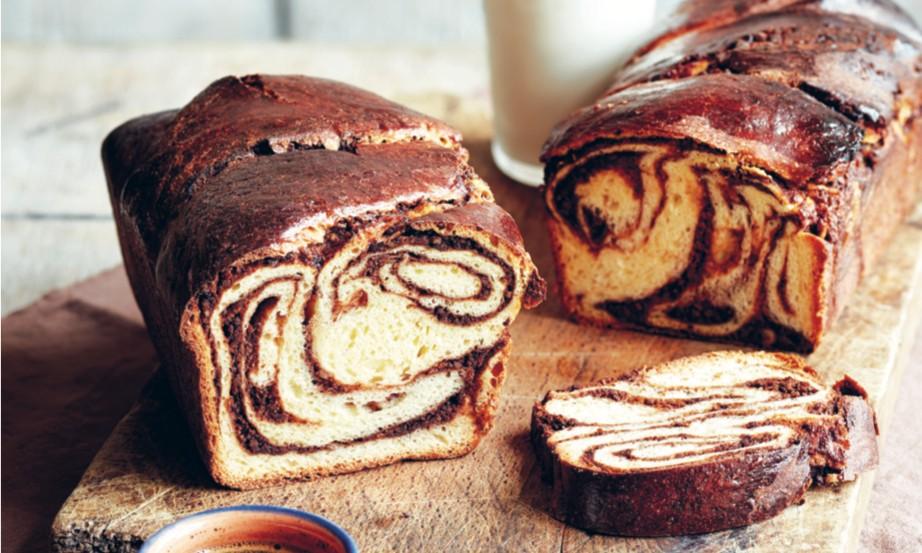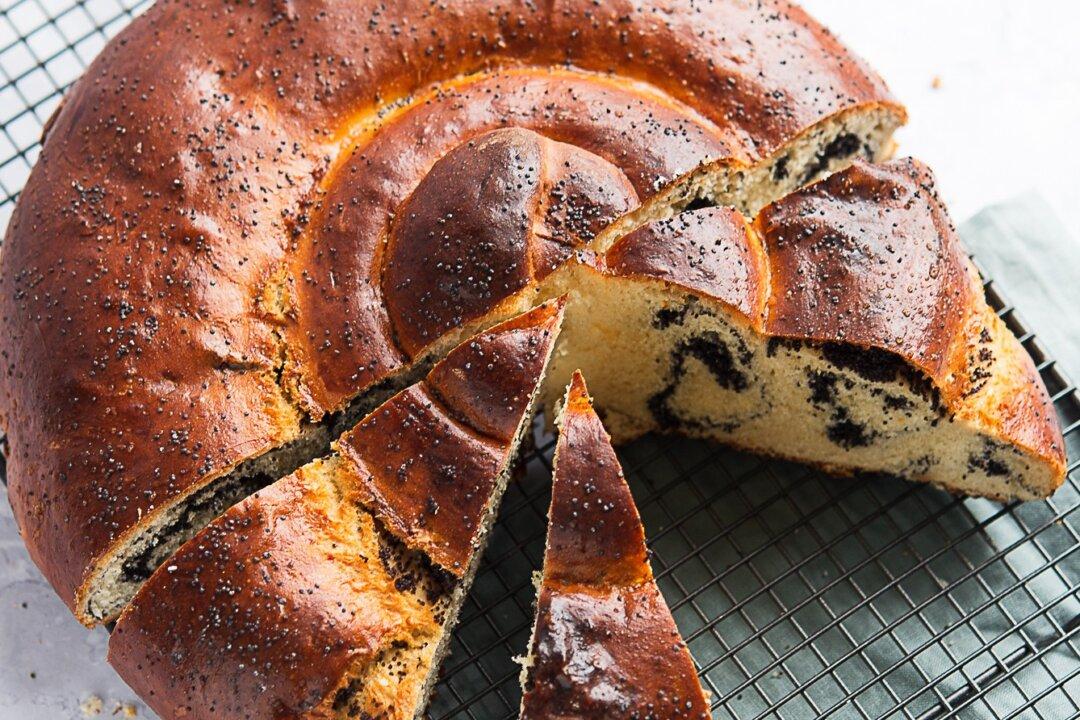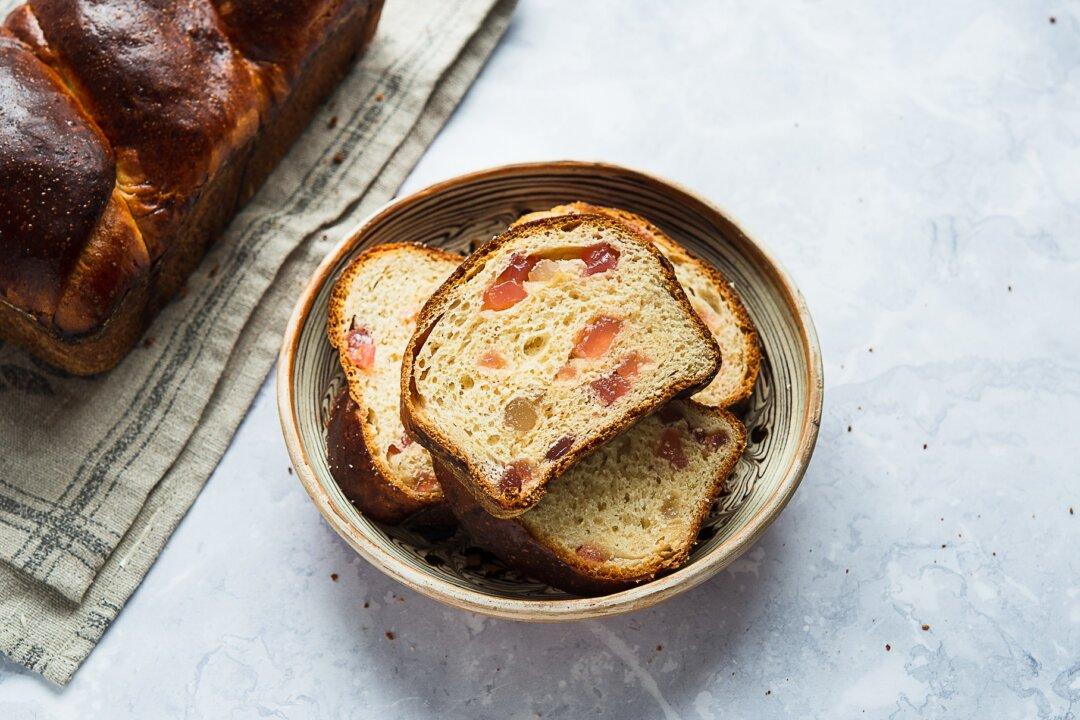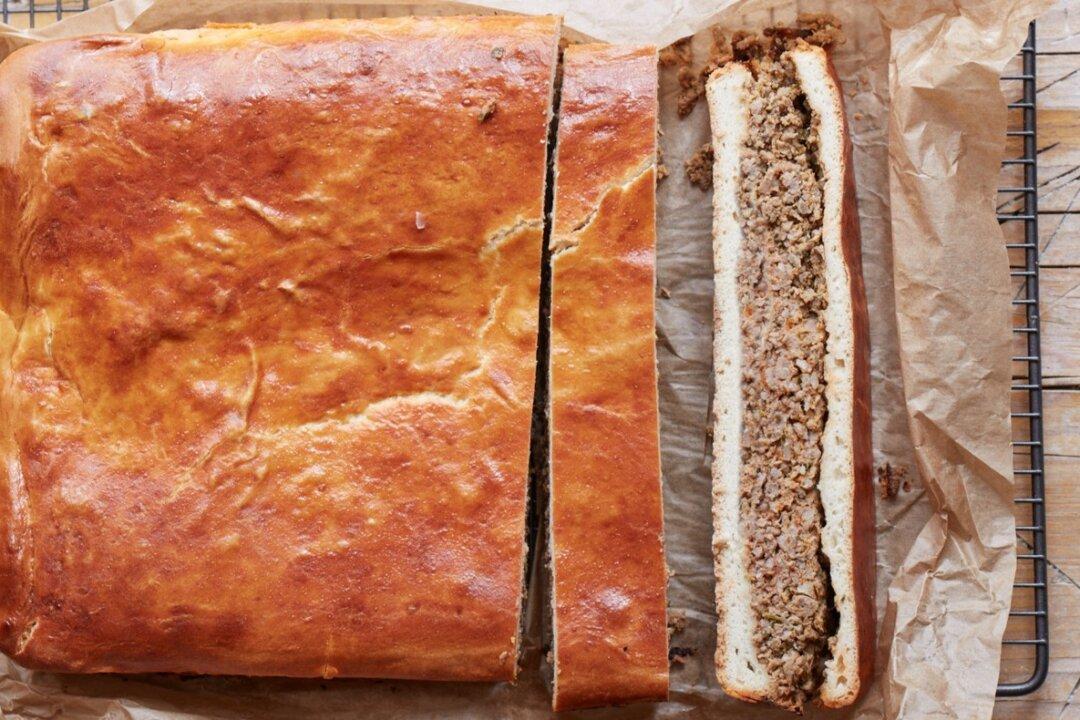Each December, a few days before Christmas Eve, cozonac is baked in homes across Romania. Since childhood, I knew that cozonac was something very special.
This sweet, enriched yeast bread owes much of its deliciousness to its swirls of sticky sultanas or bittersweet walnut paste and rum, two of the most popular fillings across the country. The dough is rich with butter, milk, and eggs, and perfumed with lemon zest and vanilla. It resembles golden silk as it’s mixed, and fills every house and bakery with a glorious aroma as it comes out of the oven.




